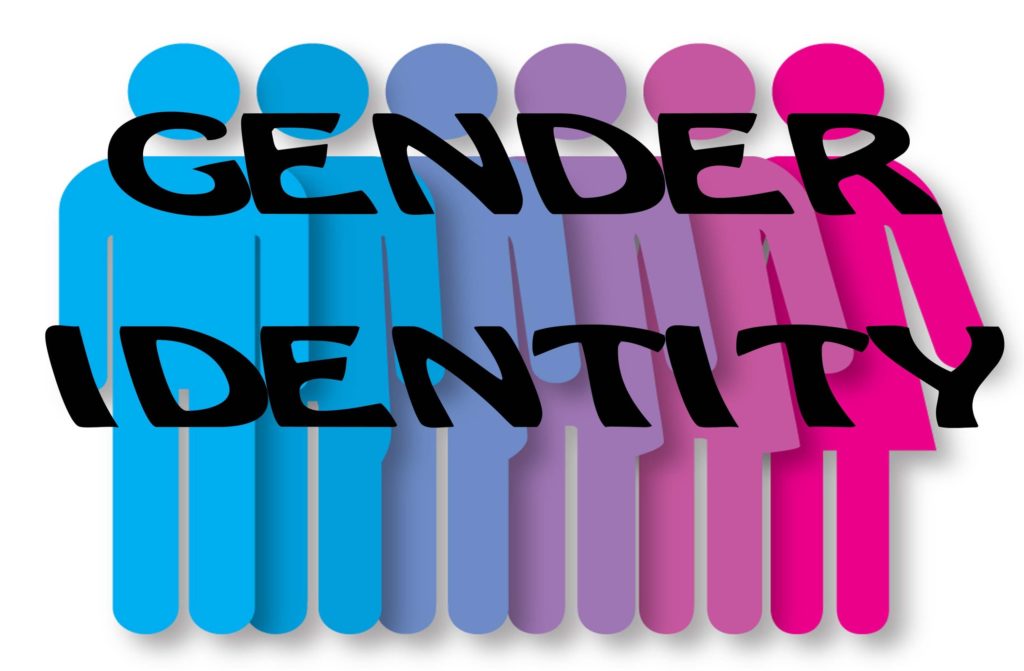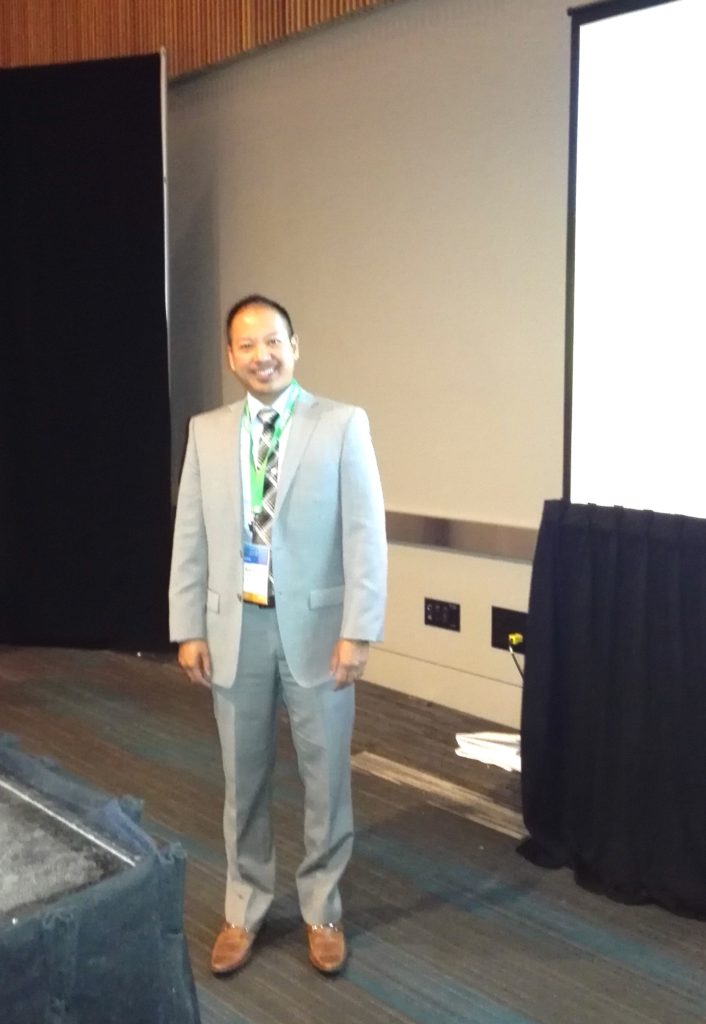Canadians tackle gender identity in the workplace
WINNIPEG, Ontario — In the past week, the transgender issue hogged the limelight on a couple of occasions in the Philippines. The first was when a pro-Duterte blogger berated Jonathan Head, a British Broadcasting Corporation (BBC) correspondent during the ASEAN Summit held in Manila. The blogger was irked that the creator of Pinoy Ako Blog and whom she considered a “minor” blogger, was interviewed in October by the BBC instead of her.
The second occasion was when a local network reported that the legal identity of Rustom Padilla (former Filipino actor) has officially been changed to Binibini Gandanghari, and her gender formally recognized by a Los Angeles court.
Of the two occasions, the transgender issue was presented in a positive light by Binibini Gandanghari because she succeeded in eliciting public empathy throughout the course of her transition.
On the other hand, the blogger’s public display of rudeness during the ASEAN Summit received adverse reactions. Unfortunately, because of her rudeness, her transgender identity drew negative comments.
Inclusion in Canada
Canada has taken huge strides in promoting diversity and inclusion. Since 2008, Canada’s Best Diversity Employers competition has recognized employers across the country that have exceptional workplace diversity and inclusiveness programs for employees from five diverse groups: women; visible minorities; persons with disabilities; aboriginal peoples; and lesbian, gay, bisexual and transgender peoples.
In 2015, Prime Minister Justin Trudeau affirmed that diversity is Canada’s strength, citing the composition of his Cabinet and the Parliament as a testament to that. However, improvements can still be made in the implementation of the policy. Increasing the employment rate of the protected groups in the workplace is one. Making diverse groups, such as LGBTTQ, visible in the workplace is another.
In Toronto, the first transgender job fair was held on November 20. The fair, set up at TIFF Bell Lightbox, attracted transgender applicants and recruiters from private companies, such as Apple, and the Canadian Armed Forces. The job fair put a spotlight on the conspicuous absence of transgender people in the workplace.
Dr. Reece Malone’s advocacy
More recently, the Chartered Professionals in Human Resources of Manitoba highlighted the issue of transgender and gender diverse inclusive workplace in one of the breakout sessions in its HR and Leadership Conference held on October 30-31.
Dr. Reece Malone, a first-generation Filipino Canadian and Winnipeg-based certified sexologist, sexuality educator and sex therapist, served as resource person in the session that tackled terminologies, transgender awareness, importance of disclosure and workplace practices to promote inclusion.
Malone is program director and lead trainer of Diversity Essentials, a group of sexuality, gender and diversity training specialists. He holds a master’s in Public Health (MPH) and a doctorate in Human Sexuality (DHS). He serves on the Ethics Advisory Committee of the American Association of Sexuality Educators, Counselors and Therapists, the Education Committee of the Canadian Professional Association for Transgender Health, and participates with the Sexual Health Educator Network in Winnipeg. The author of ShoutOut Against Homophobia, Biphobia, Transphobia and Heterosexism (2009), he provides sexuality consultation and counseling to individuals and families.
Transgenders in the workplace
Malone stressed the importance of understanding transgender issues in the workplace. As a first step, he affirmed the need for clarity on terminologies—cisgender, gender identity, gender expression and gender orientation.
Then, he exhorted HR practitioners to understand the five key workplace themes related to transgenders. These include: disclosure (identity, transition, and treatment); toxicity in the workplace; harassment; bias and bigotry; access to spaces; and navigating mental health.
He said that transphobia (intense dislike of or prejudice against transsexual or transgender people) occur because of the lack of information and the biases of non-transgender folks.
He reinforced the need for leadership to embrace policies and procedures that can be implemented to promote safety and acceptance of transgenders in the workplace.
Senior management, the HR department, and employees are encouraged to collaborate in translating knowledge of transgender issues to workplace practices.
Malone encouraged employee transgender awareness and inclusivity training to prevent bias and discrimination. The role of the human resources department is crucial in responding to disclosure of transgenders. Practical matters such as the rectification of legal documents on identification, personal records, health and insurance benefits, resumes and CV’s, legal identifiers and accessing gendered spaces need to be addressed.
Transition support
In addition, work teams, colleagues and even third-party contractors should be encouraged to support the social transitioning of transgenders. They should be made aware of the transition (if the transgender prefers disclosure as against maintaining confidentiality.)
HR professionals can affirm the disclosure by inquiring about the transgender’s preferred name and or pronoun, and by ensuring safety and accommodation mechanisms, as well as respectful treatment in the workplace.
Basic questions that the HR Manager can ask to affirm the disclosure may include the following: Do you have another name? What pronoun do you go by? Do you have any concern about how you’re being treated? While we do the research, how can we be most supportive? How can we help make the environment work for you?
Malone enjoined HR professionals to practice a culture of inclusion and lead in breaking down barriers of biases and prejudices in the workplace and society.



